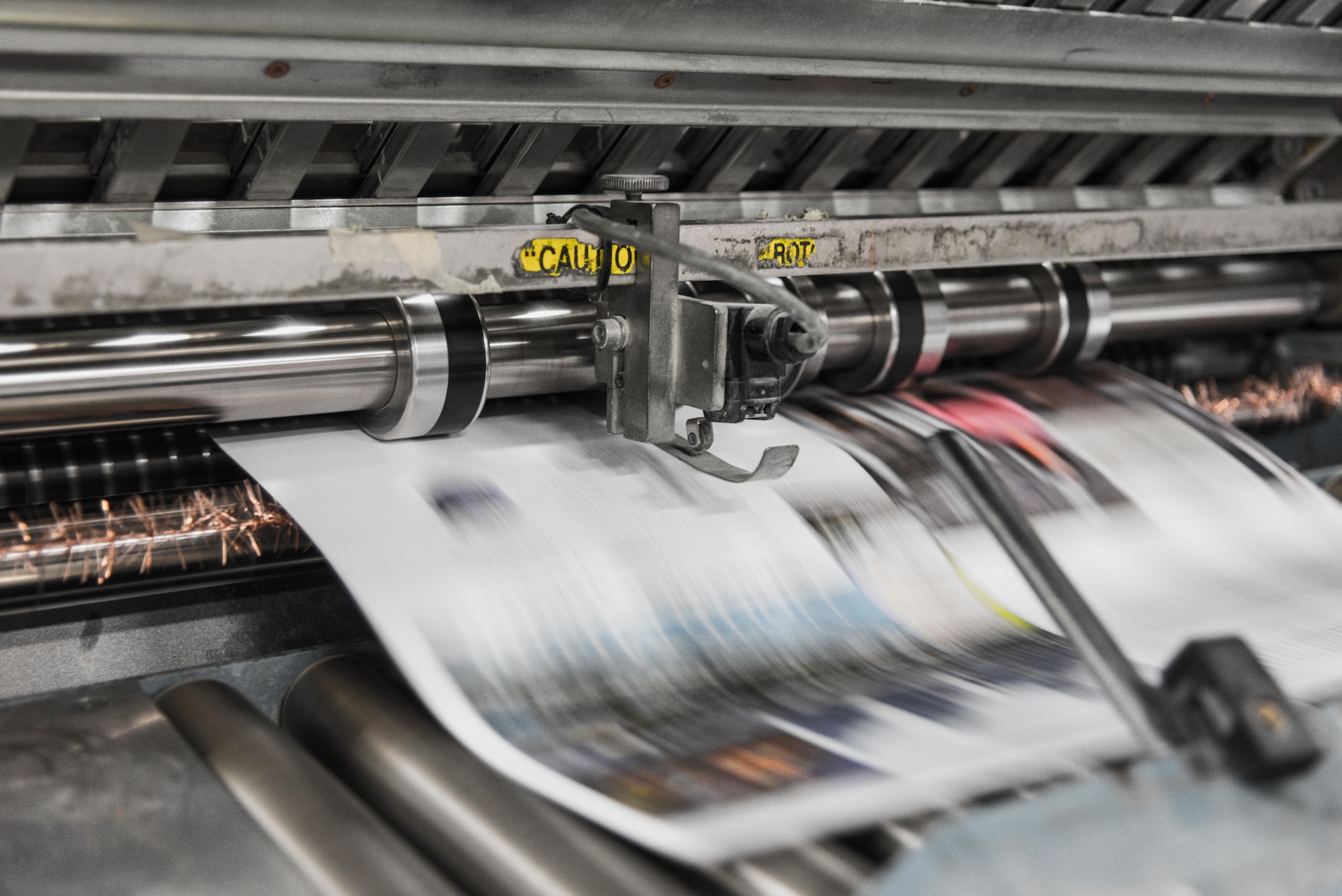Introduction:
As technology continues to reshape the way we interact with various services, printing kiosks have become a ubiquitous part of our daily lives. From instant photo prints to important documents, these self-service kiosks offer convenience. However, the efficiency of printing kiosks often hinges on the ease and speed of transferring files. In this blog post, we explore the significant advantages of utilizing offline file transfer tools in printing kiosks, highlighting how they enhance user experience, accelerate printing workflows, and contribute to the seamless operation of these modern self-service stations.
Enhanced User Experience:
Printing kiosks are designed to provide users with a quick and user-friendly experience. Offline file transfer tools contribute to this by eliminating the need for internet connectivity. Users can transfer their files directly to the kiosk without relying on a stable Wi-Fi connection or mobile data. This ensures a more reliable and convenient printing experience for individuals who may be in locations with limited or no internet access.
Faster Printing Workflows:
Time is of the essence, especially when users are looking for a quick printout. Offline file transfer tools significantly expedite the printing process by enabling swift and direct transfers from users’ devices to the kiosk. Unlike traditional methods that may involve connecting to a cloud service or navigating through a web interface, these tools cut down on transfer times, ensuring that users can quickly obtain their printed documents or photos.
No Dependence on External Networks:
Printing kiosks situated in public spaces, such as malls or airports, may encounter challenges related to the availability and security of external networks. Offline file transfer tools operate within a localized environment, eliminating dependence on external networks. This ensures that users can seamlessly transfer files without concerns about network security or disruptions, making the printing process more robust and reliable.
Increased Security for Sensitive Documents:
Users often print a variety of documents, ranging from personal photos to confidential business materials. Offline file transfer tools enhance security by enabling direct transfers to the printing kiosk, minimizing the exposure of sensitive files to potential online threats. This added layer of security is particularly crucial when users are dealing with documents that require privacy and protection.
Versatility Across Devices:
Offline file transfer tools cater to the diverse range of devices users may employ to access printing kiosks. Whether individuals use smartphones, tablets, or laptops, these tools ensure compatibility and ease of use across various platforms. This versatility contributes to a more inclusive and accessible printing experience for users with different devices.
Conclusion:
In the era of self-service printing kiosks, the integration of offline file transfer tools stands out as a significant advancement. By prioritizing enhanced user experiences, faster printing workflows, network independence, increased security, and device versatility, these tools contribute to the seamless operation of printing kiosks. As technology continues to evolve, the adoption of offline file transfer tools plays a pivotal role in ensuring that printing kiosks remain efficient, user-friendly, and indispensable in providing instant printing solutions to individuals on the go.
 Feem
Feem